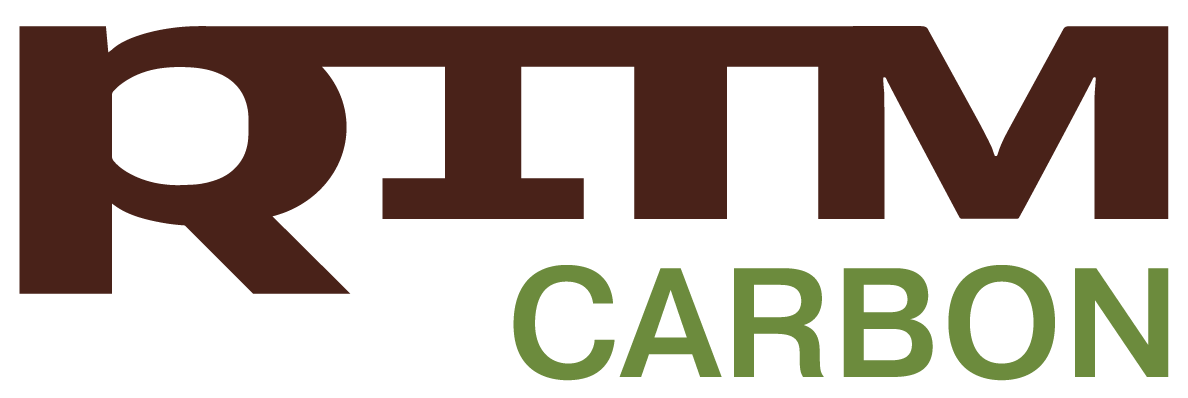Arshinov M. Yu., Belan B. D., Davydov D. K., Kozlov A. V., Fofonov A. V. Greenhouse gas flows at the ‘soil-atmosphere’ boundary in the background area of Tomsk Oblast// Atmospheric and ocean optics. 2022. Vol. 35. No. 12. Pp. 1021–1028
Abstract: This study describes the dynamics of greenhouse gas flows measured from 2017 to 2021 at the Fonovaya Observatory of the Siberian Branch of the Russian Academy of Sciences (Kireevsk settlement, Tomsk Oblast). It was shown that the average annual CO2 fluxes in the observatory varied from -283 (runoff) to +31 mg × m-2 × h-1 (emission). The daily minimum emission of 1,351 mg × m-2 × h-1 was recorded in 2019, the maximum of 1,789 mg × m-2 × h-1 in 2021. The lowest runoff for the entire observation period was recorded in 2017 and was equal to 2,099 mg × m-2 × h-1. The largest, equal to 2304 mg × m-2 × h-1, was recorded in 2018. The average annual methane fluxes ranged from -0.032 mg × m-2 × h-1 in 2018 to -0.047 mg × m-2 × h-1 in 2020. The daily maximum methane emission was recorded in 2018 (0.915 mg × m-2 × h-1), and the minimum in 2021 (0.095 mg × m-2 × h-1). At the same time, the maximum flow varied from year to year in the range from -0.241 to -0.361 mg × m-2 × h-1. The soil of the measurement area turned out to be a weak source of N2O and strong source of CO2 and CH4. The average annual N2O fluxes were in the range of 0.007-0.011 mg × m-2 × h-1. Interannual maximum emissions (from 0.237 to 0.301 mg × m-2 × h-1) and runoffs (from -0.206 to -0.245 mg × m-2 × h-1) also changed little.
